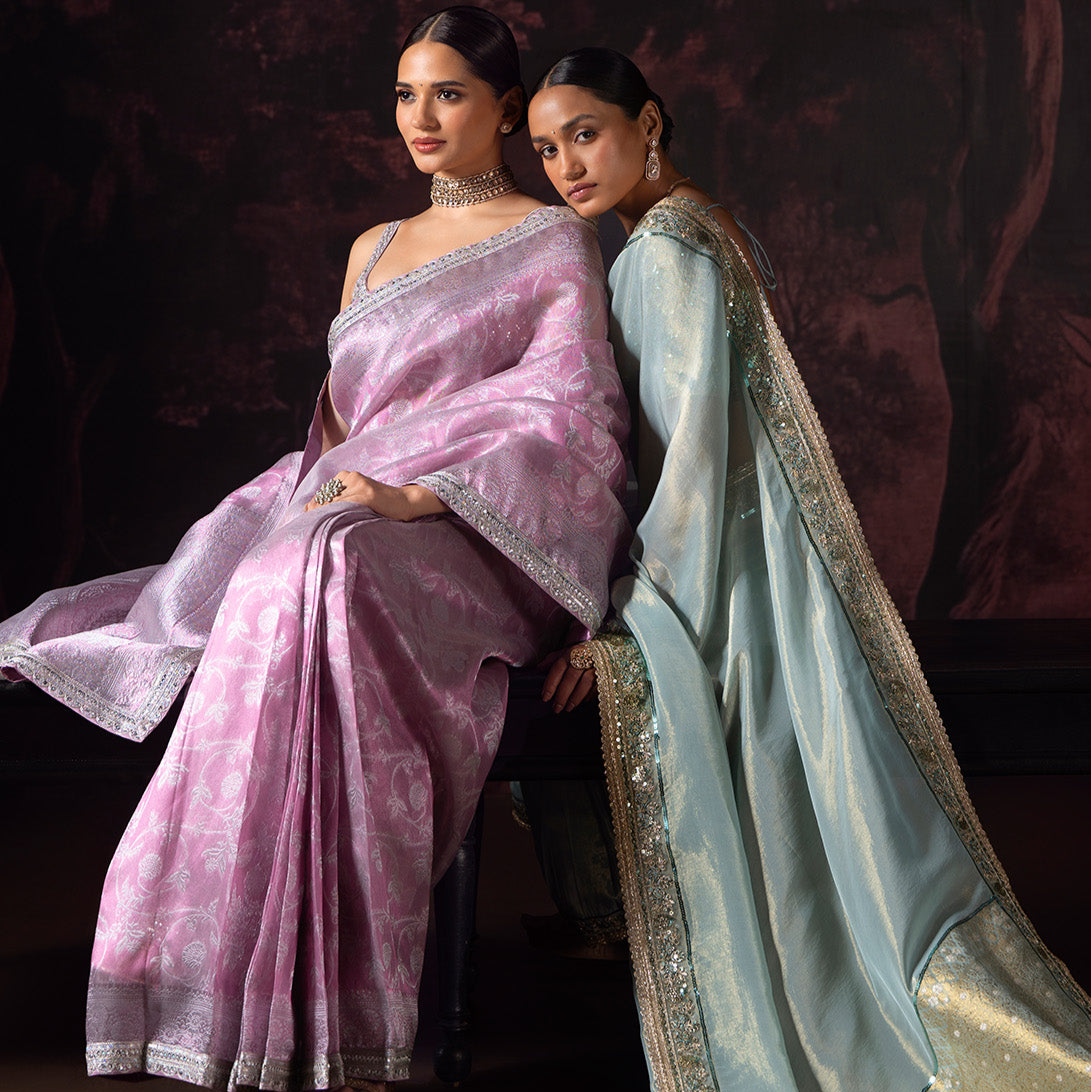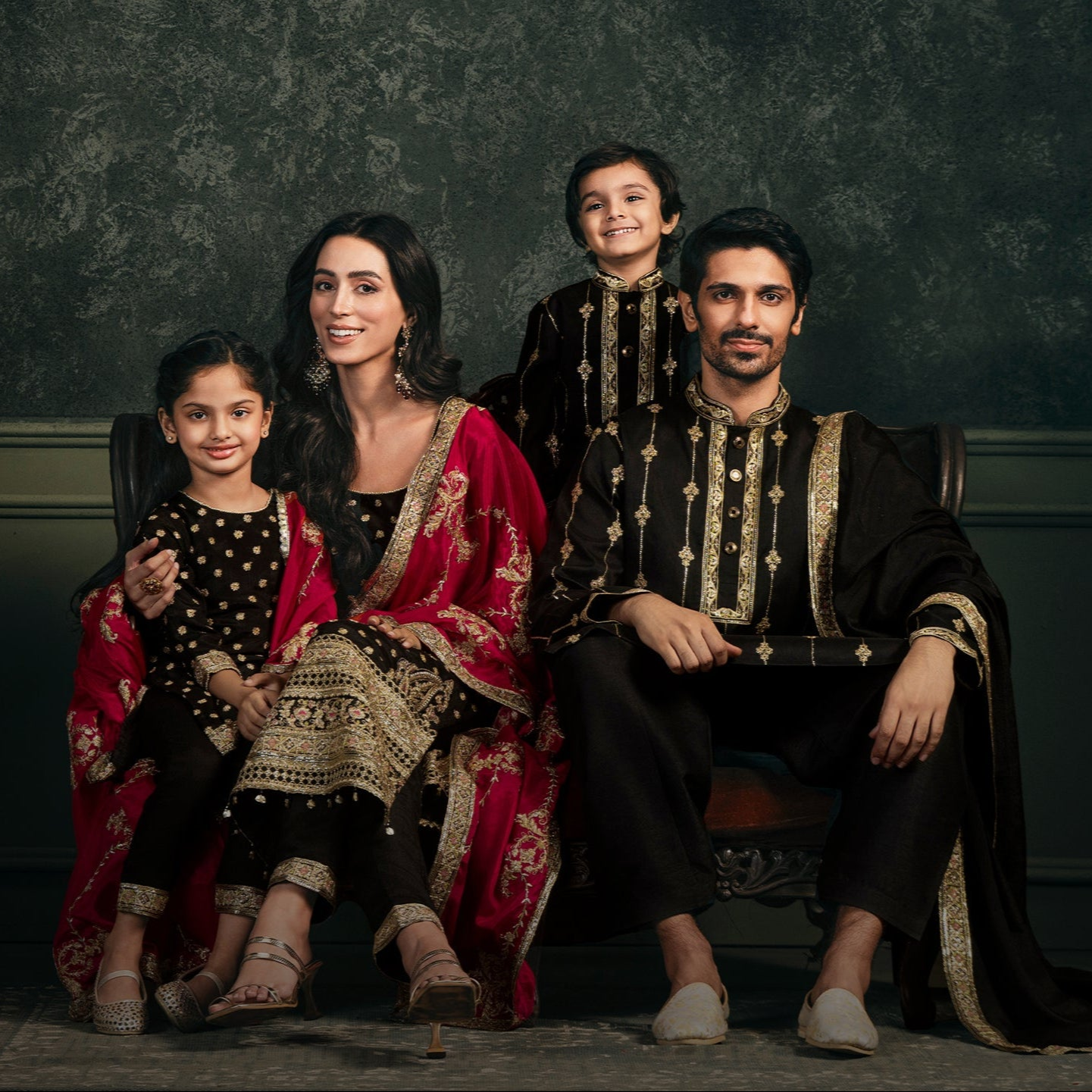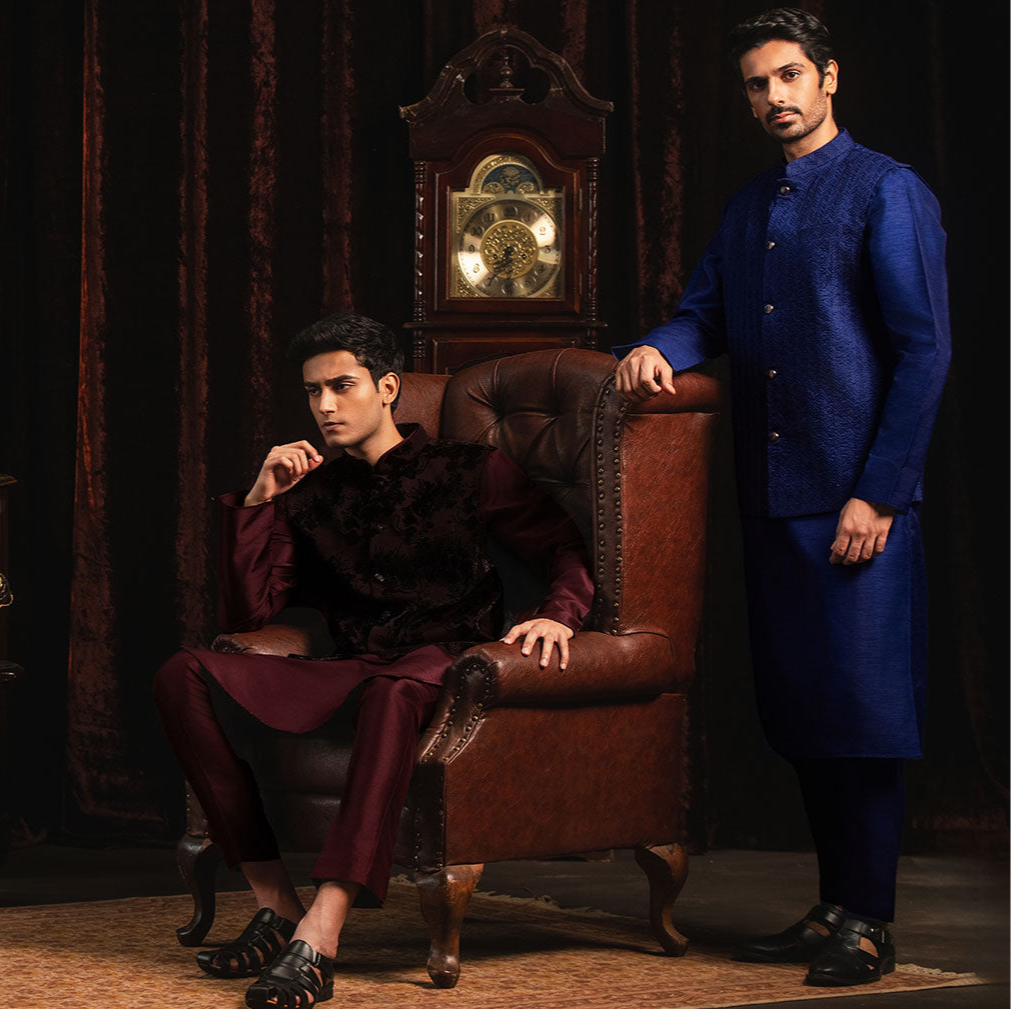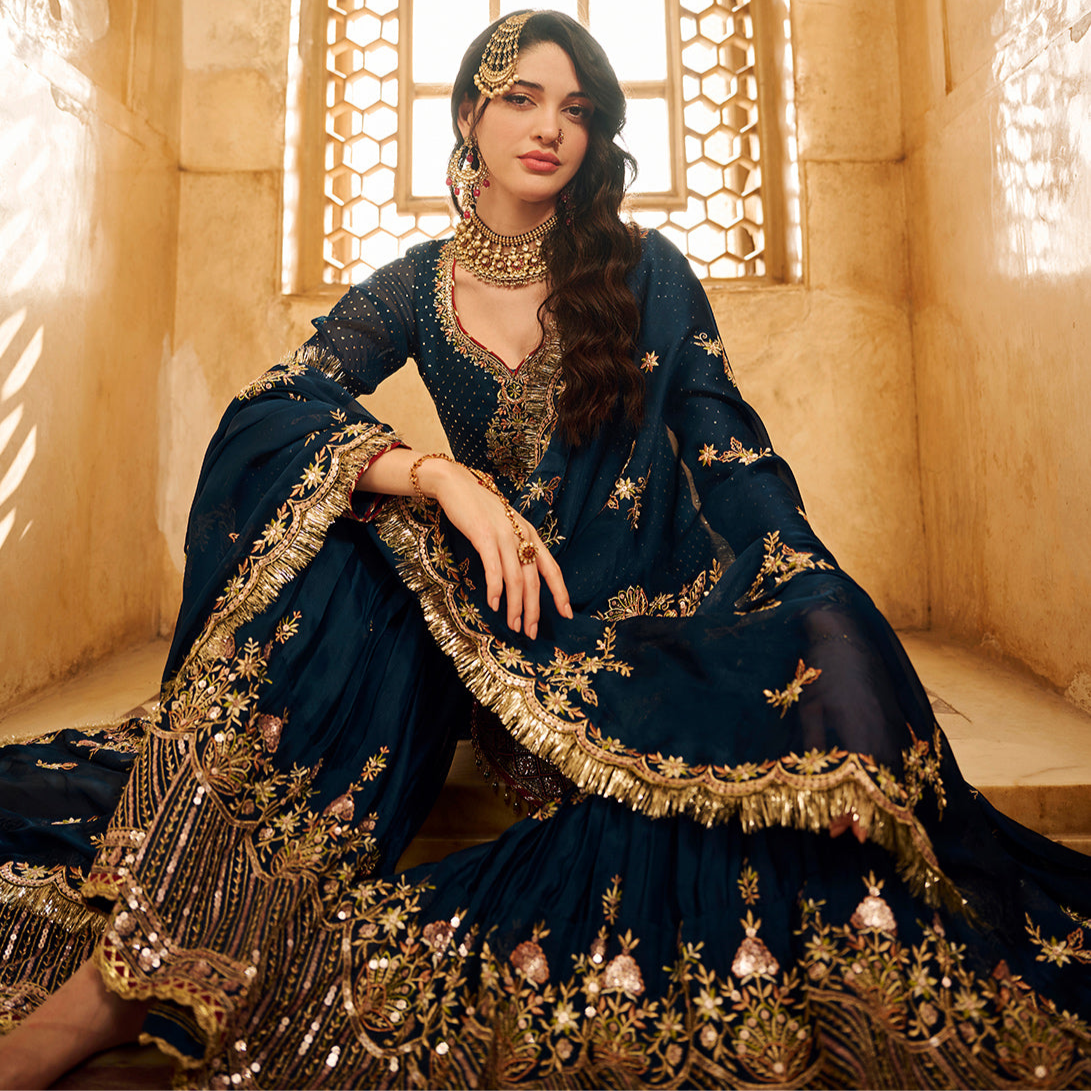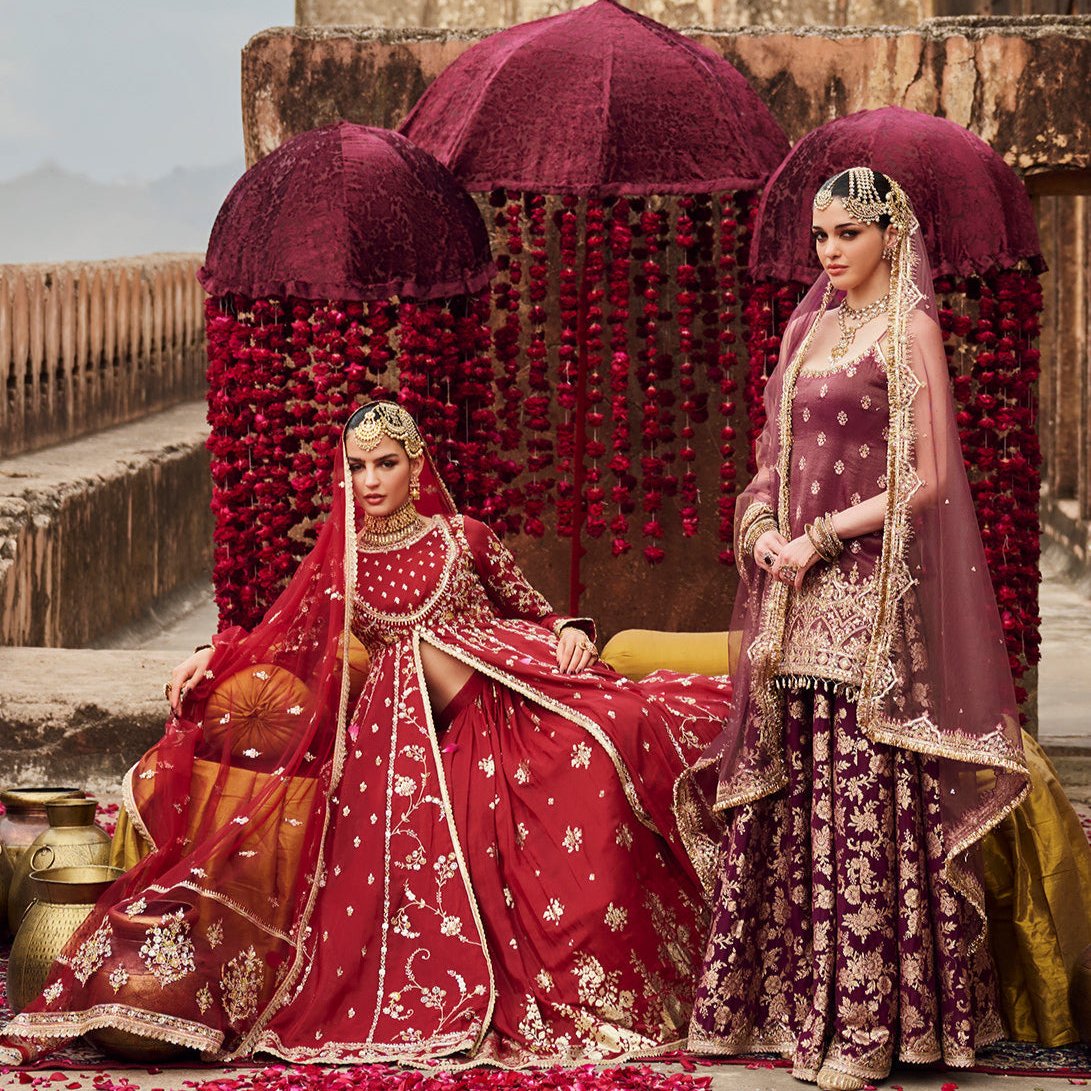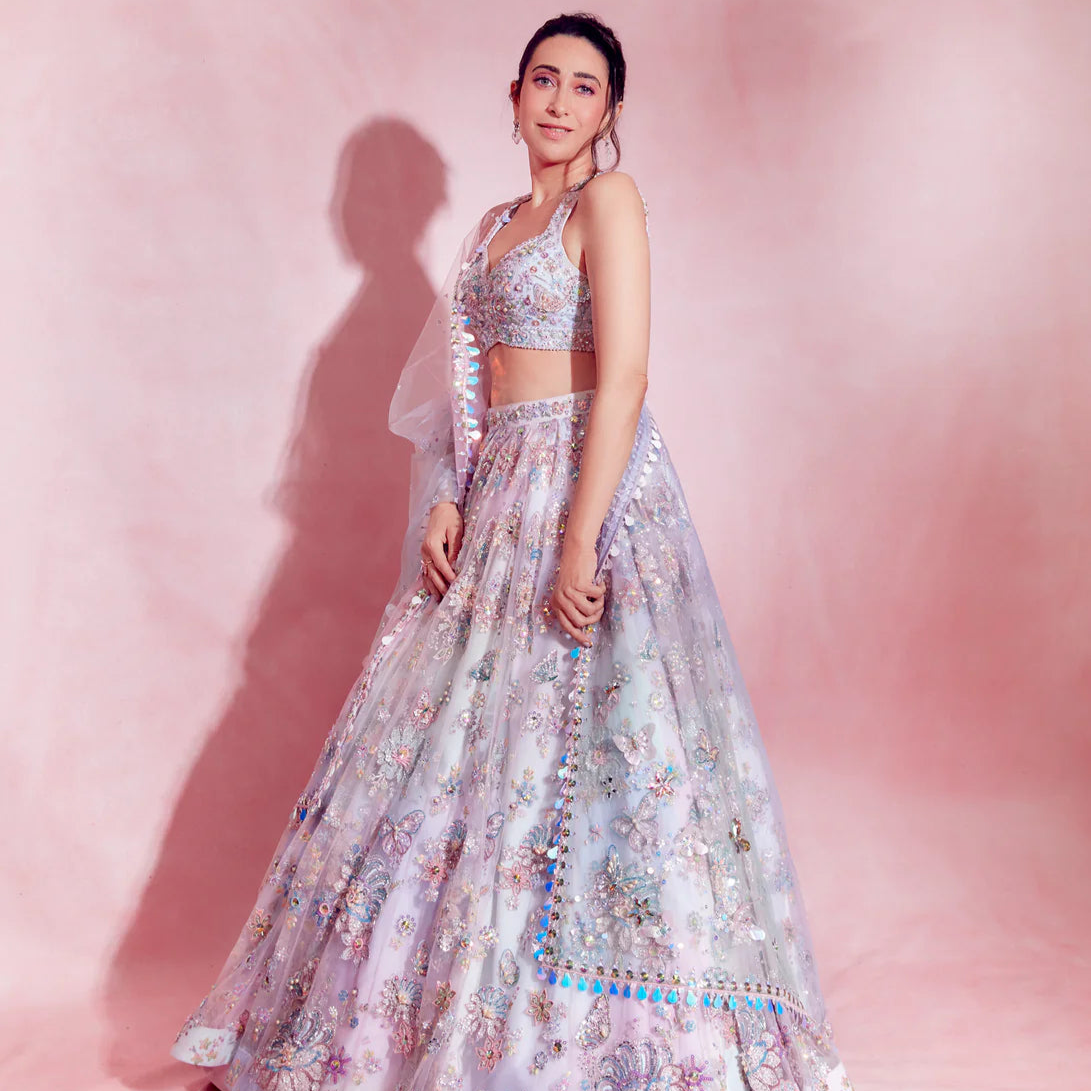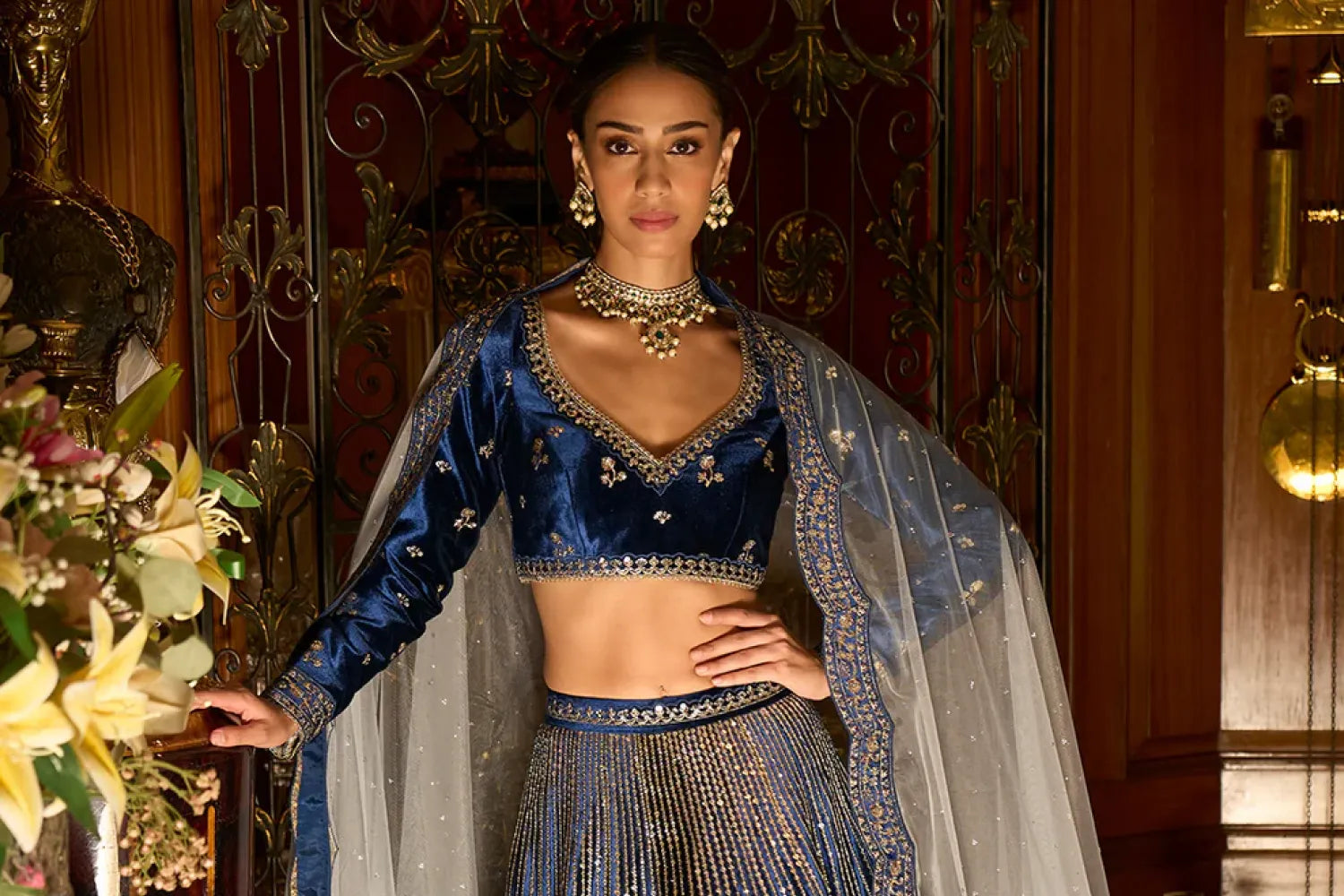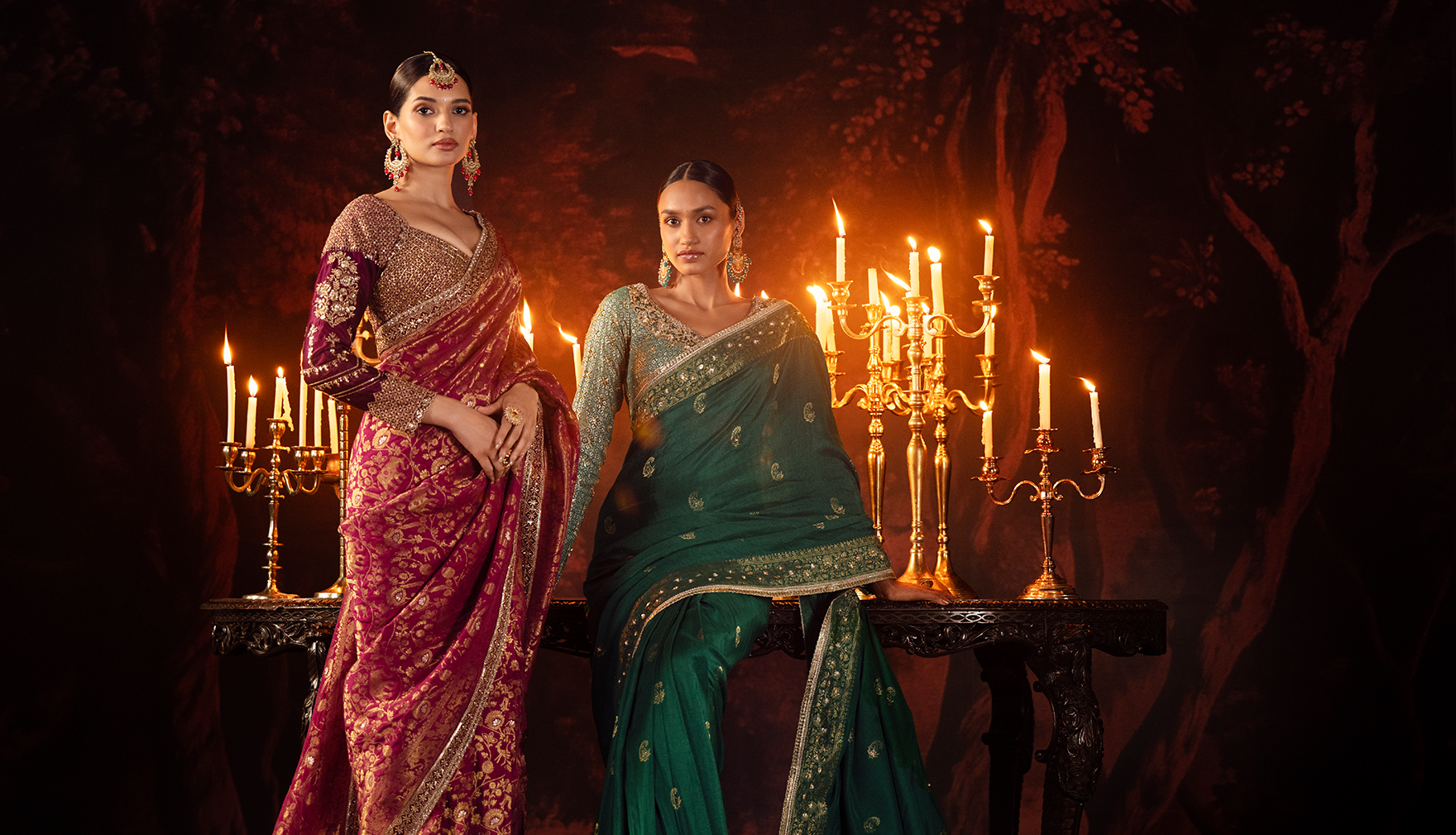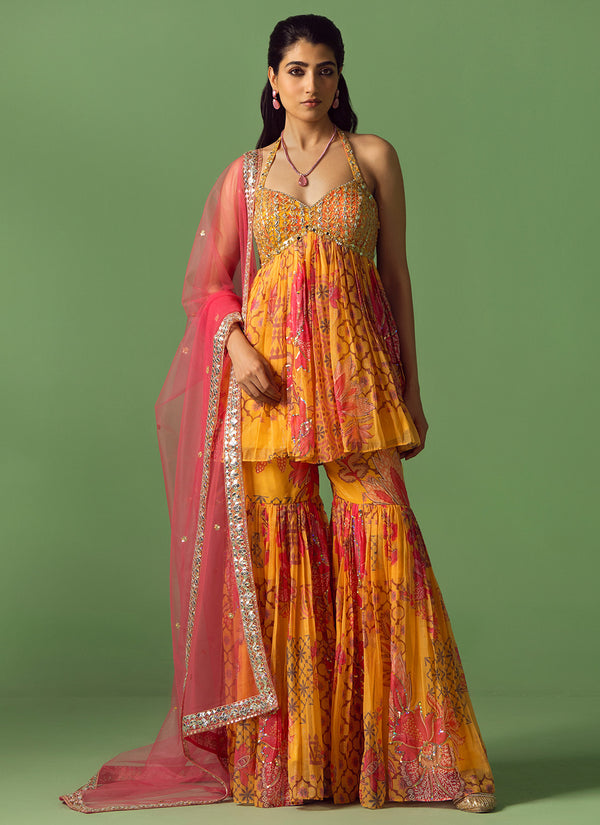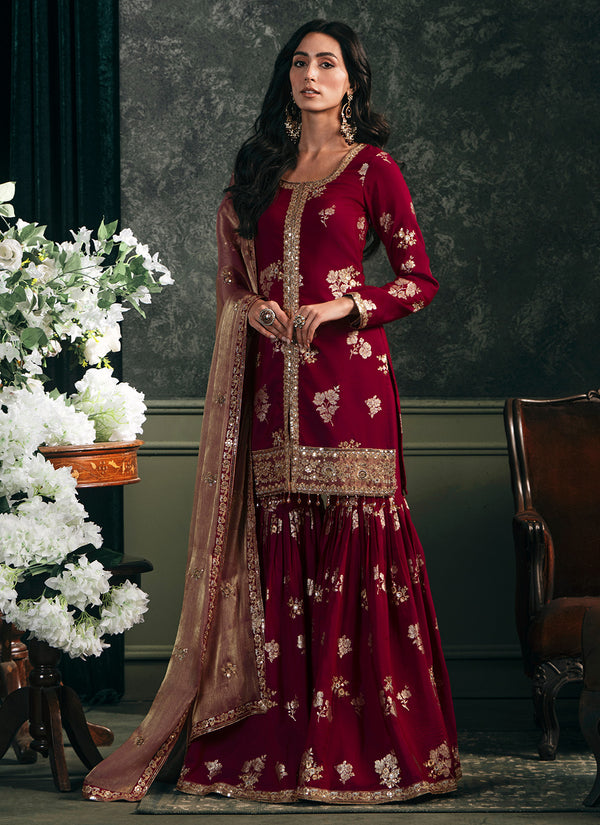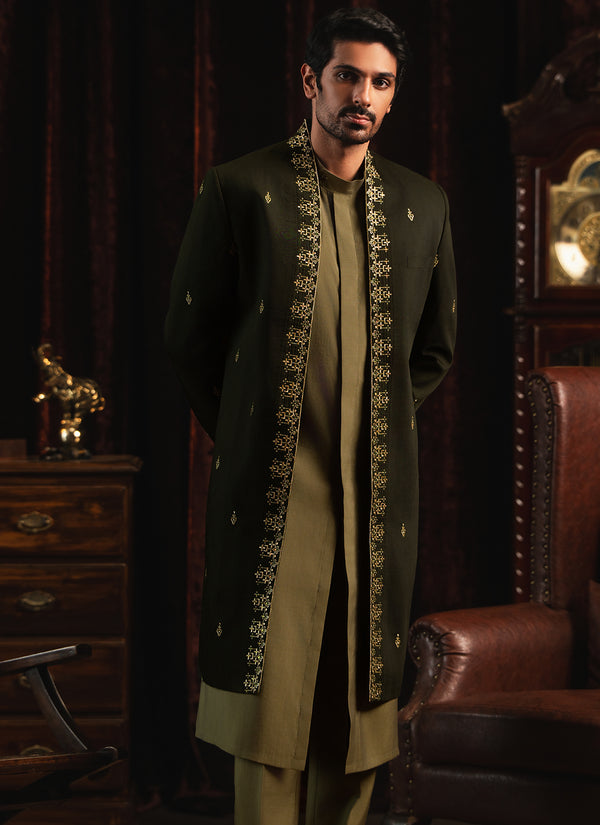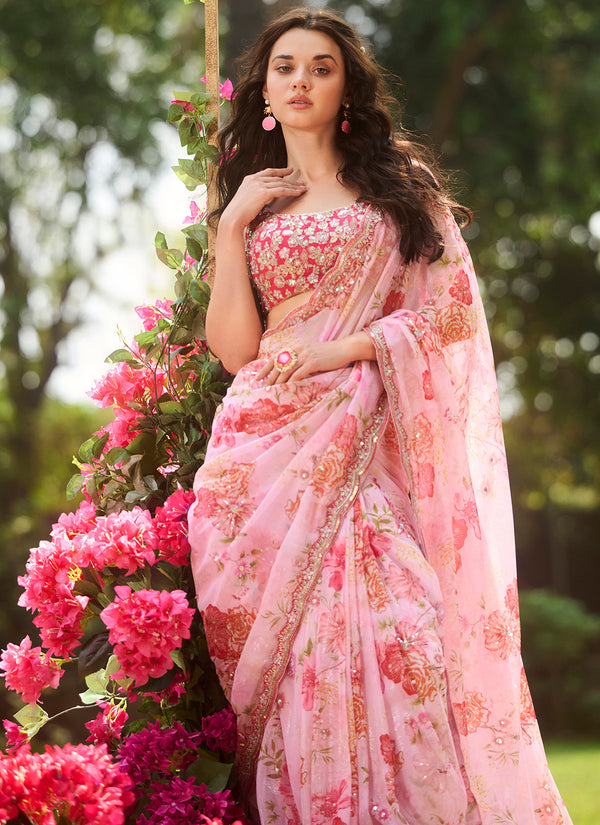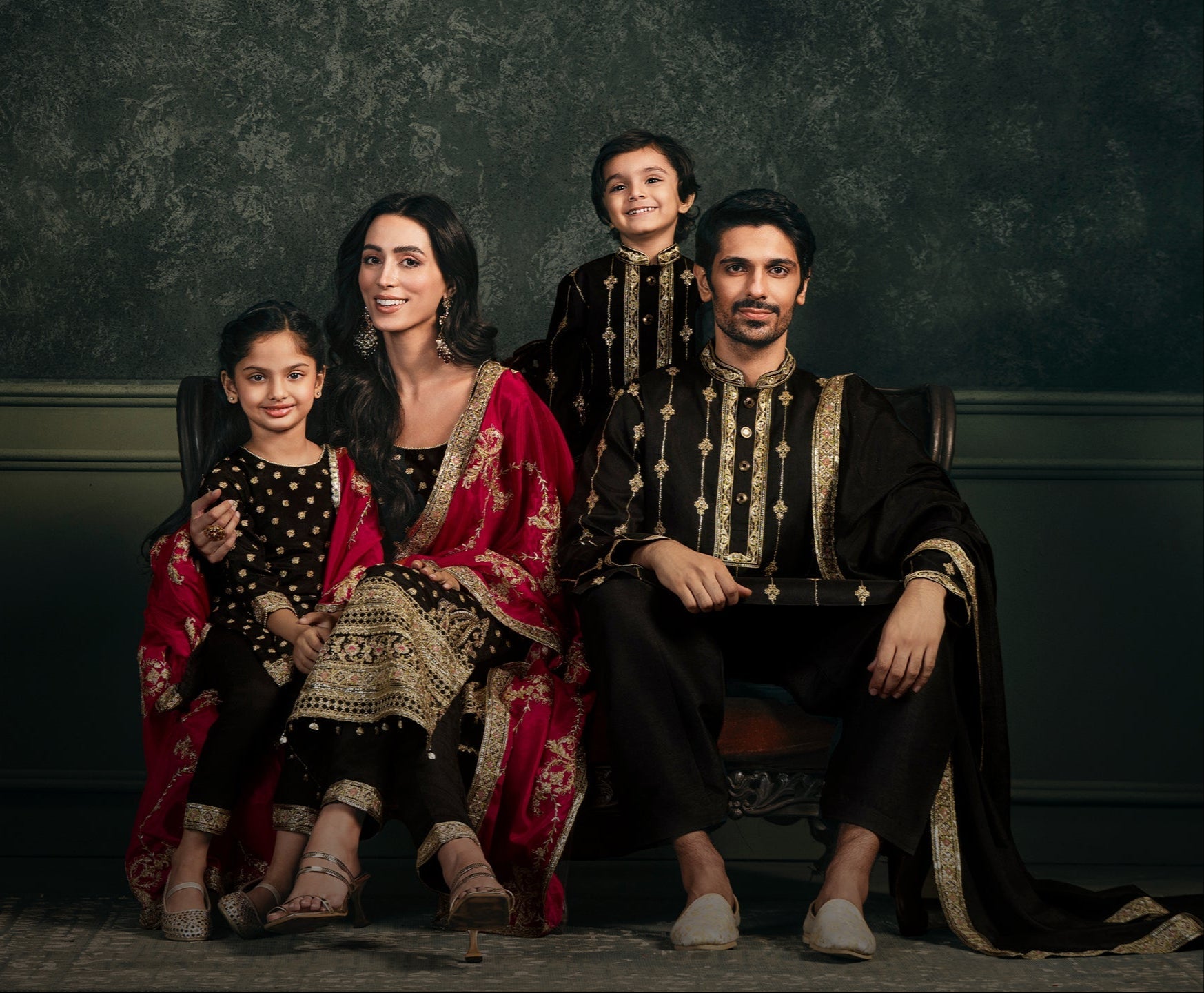
12 Diwali Traditions: Everything You Need To Know
Diwali is a beloved occasion in India and around the globe. For those who celebrate, the five-day festival is a time for joy, eating and drinking, praying, appreciating life’s beauty, and so much more.
Known as the Festival of Lights, the five-day festival celebrates the victory of light over darkness and good over evil. Its name comes from the Sanskrit words “Deepa” meaning lamp and “Avali” meaning row, symbolizing the rows of lamps that illuminate homes, streets, and temples during the celebration.
Like many holidays, Diwali has deep roots in tradition. Below, you’ll find 12 major Diwali traditions and what they mean. We’ve also included some recommendations for how to celebrate Diwali with your friends and family.
When Is Diwali?
Diwali takes place in the Hindu month of Kartik, which usually falls in October or November. The festival is timed with the new moon, the darkest night of the month, making the light of the lamps and fireworks all the more meaningful.
In 2025, Diwali will be celebrated over five days from October 18 to October 23. The festival begins with Dhanteras on October 18, which is devoted to prosperity and new beginnings. On October 20 comes Naraka Chaturdashi, also known as Chhoti Diwali, which symbolizes the triumph of light over darkness.
The main Diwali day, Lakshmi Puja, falls on October 21, when families worship the goddess of wealth and fortune, light lamps throughout their homes, exchange gifts, and gather for feasts. The celebrations continue with Govardhan Puja on October 22, honoring nature and gratitude, and conclude with Bhai Dooj on October 23, which strengthens the bond between brothers and sisters.
Diwali is often regarded as the start of a new year in many parts of India, carrying the same sense of renewal, joy, and unity that New Year celebrations bring across cultures. In the days leading up to the festival, families clean and decorate their homes with rangoli patterns, strings of marigolds, and glowing diyas to invite prosperity and good fortune. Markets fill with energy as people shop for new clothes, jewelry, gifts, and sweets, creating an atmosphere of excitement and anticipation.
On the evening of Diwali, entire neighborhoods shimmer with rows of oil lamps and fairy lights, while the sound of fireworks fills the air, symbolizing the triumph of light and positivity.
Celebrations Across Regions of India
Although the customs vary across different regions of India, the heart of Diwali remains the same everywhere. In the north, it is celebrated as the homecoming of Lord Rama after his victory over Ravana, in Bengal it coincides with Kali Puja, while in other parts of the country it is marked by honoring Goddess Lakshmi or Lord Krishna.
Despite these differences, the spirit unites everyone in a shared celebration of abundance, harmony, and family togetherness. By turning the darkest night of the lunar month into one of radiance, Diwali becomes a reminder of hope, renewal, and the beauty of coming together as a community.
What Do People Wear on Diwali?

Dressing for Diwali, you can find people wearing their nicest clothes. One long-running tradition for Diwali clothing is matching outfits. Parents often wear coordinated outfits with their children to celebrate the holiday. Sometimes, entire families match their outfits, including grandparents, uncles, and aunts!
For men, stylish kurta pajamas and silk sherwanis with bright, festive colors and patterns are perfect for Diwali. Some of the most popular colors for Diwali clothing are gold, red, and yellow. One of our favorite men’s Diwali outfits is the Black Embroidered Silk Kurta Set. This outfit is accented with a deep purple pocket handkerchief and golden cream bottoms.
For women, some of the best traditional options include lehengas, which are ankle-length skirts that come in a wide array of colors and patterns. Our Red and Off-White Anarkali-Style Lehenga is a fantastic example of a festive lehenga that matches Diwali’s colors.
Diwali Color Symbolism
Many of the colors associated with Diwali are omens of good fortune and have spiritual significance. You’ll often see bright reds, yellows, and golds on Diwali. These colors can be seen in decor, in lights, and in clothing worn for the day.
Diwali is a colorful holiday, but you don’t have to wear specific colors to celebrate. In addition, Diwali isn’t the most color-focused holiday — that title is left to Holi, the festival of colors.
What Are Diyas?

Diwali is known as the festival of lights, but its name specifically translates to “row of lights.” So, it’s no surprise that lamps and lights are big parts of a Diwali celebration. There are even specific lamps for Diwali called Diyas.
Diyas have a special meaning during the Diwali celebration. These clay lamps are often flat and elaborately decorated. Traditional Diyas use clarified butter to maintain a steady flame, but many modern ones use oil to create a warm, glowing flame.
These lamps provide a source of comfort during cold, late-Autumn nights. People light Diyas throughout Diwali, and these oil lamps are often put around and at the entrances of homes as symbols of good fortune.
Fireworks on Diwali

Though known for lights, Diwali is also known for the vibrant colors and sounds that come from fireworks and firecrackers. In Hinduism, these are said to ward off evil spirits.
For many people, fireworks are the ultimate grand finale for the Diwali celebration. They fill the sky with color and light, which perfectly coincides with the spirit of the holiday.
While some people light fireworks during Diwali, others prefer to stick with the typical Diyas and a quieter celebration. There are several reasons why some people avoid fireworks as part of the Diwali celebration, but one of the biggest is air pollution.
It is no secret that in recent years, metropolitan areas of India have had to reckon with air pollution. Studies have found a noticeable impact on local air quality resulting from Diwali celebrations, which often feature fireworks. So, if you want to be kind to the environment this Diwali, try lighting Diyas instead of fireworks.
Luckily, you don’t have to say goodbye to fireworks completely. Many people who celebrate Diwali with their loved ones search for sustainable fireworks with a gentler environmental impact. With these fireworks, you can still end the festival with a bang without harming the environment.
How Is Art a Part of Diwali?
Art also plays an essential part in Diwali, and the festival has its own unique artwork.
Rangoli, a staple of many Indian celebrations, is equally important during Diwali. Rangoli consists of intricate, flat designs over a surface using various materials. These can include powders, dry rice grains, flower petals, colored rocks, and more.
Rangoli patterns may be newly created or passed on within a family. They can also be enhanced by incorporating Diyas into the creations. When Diyas are used in rangoli, they are often lamps with flatter basins.
What Do People Eat on Diwali?
No celebration is complete without lots of food. Many religious festivals in India are started by or followed by a fast, but Diwali is an exception.
People eat plenty of food around Diwali, with dry fruits and vegetarian dishes being some of the main attractions during the festival. Mithai, or traditional Indian sweets, are also everywhere during the five-day Diwali celebration. However, there isn’t a feast before or after the festival.
What Happens on the First Day of Diwali?
The first day of Diwali, called Dhanteras, focuses on purity and newness.
It is tradition to clean the home on this day, as well as buy items made of gold. Prayers for good health, taking special baths, and self-care for the body and spirit are key aspects of the first day of Diwali.
What Happens on the Second Day of Diwali?
The second day of the Diwali festival is called Choti Diwali.
This is the day when you decorate your house for the massive festivals to come. Lighting the Diyas, creating rangoli, and more are parts of day two of Diwali. On this day, India and cities with large Indian populations are transformed.
On day two, small firecrackers may be set off as a prelude for the celebrations coming on days three, four, and five. However, people usually save their bigger fireworks displays for the last days of the celebration.
What Happens on the Third Day of Diwali?
The third day is known as Lakshmi Puja and is, naturally, closely associated with the goddess of wealth, Lakshmi. Though we are only halfway through Diwali at this point, Lakshmi Puja is the main day of the festival. The day involves prayers to Lakshmi and Ganesha, with hopes of wealth and good fortune in the future.
Day three of Diwali, thanks to the goddess Lakshmi, is also viewed as a day of good luck to start new things, whether they be in your personal life or your business. The third day also brings about the celebrations that Diwali is most recognized for on an international level.
Huge feasts, incredible fireworks, and elaborate parties all make it an evening to remember. This is the perfect time to bring out your new Diwali clothes and best party apparel and join in with the celebration!
What Happens on the Fourth Day of Diwali?
The fourth day of Diwali is known as Goverdhan Puja.
It’s also the first day of the new year for Hindus who celebrate Diwali. On previous days, markets would be open with plenty of clothes, supplies, and more on sale to commemorate the festival. On this day, markets are closed. The fourth day is traditionally more relaxed; it gives people a chance to recover from the parties of the night before.
Goverdhan Puja is the day to visit your friends and bring well-wishes for the day to come. Trading gifts with your friends and family is also common during this day.
What Happens on the Fifth Day of Diwali?
The final day of Diwali, Bhai Dooj, is about celebrating the connection between siblings. On this day, it is tradition for adult siblings to visit each other. Brothers often visit the home of their sisters and have feasts as a family. For many people, this is the most emotional and important day of the whole celebration.
In this way, Diwali starts as a festival for self-improvement and analysis, then moves on to exploring rings of identity. You join first with your community, then your friends, then your family, and reaffirm the connections that matter most in life. That’s what makes this festival so special.
Happy Diwali!
This Hindu festival is an incredible time for the people who celebrate it. It’s a time for new starts, celebrating life, and reconnecting with friends and family. If you’re looking for something to wear during the five-day celebration, we’re here to help. Visit Lashkaraa to find your perfect Diwali styles.

